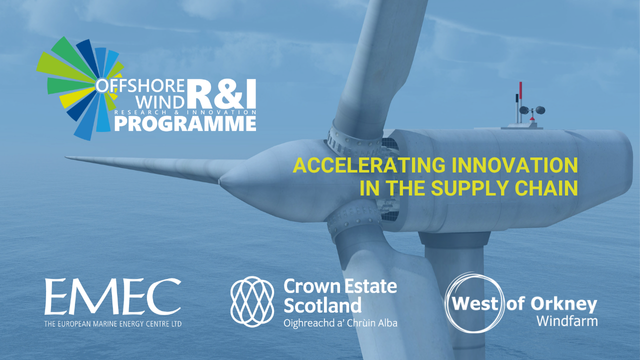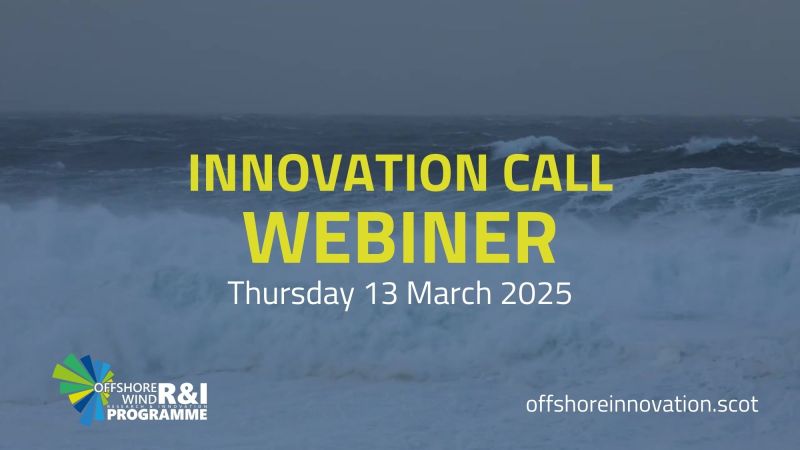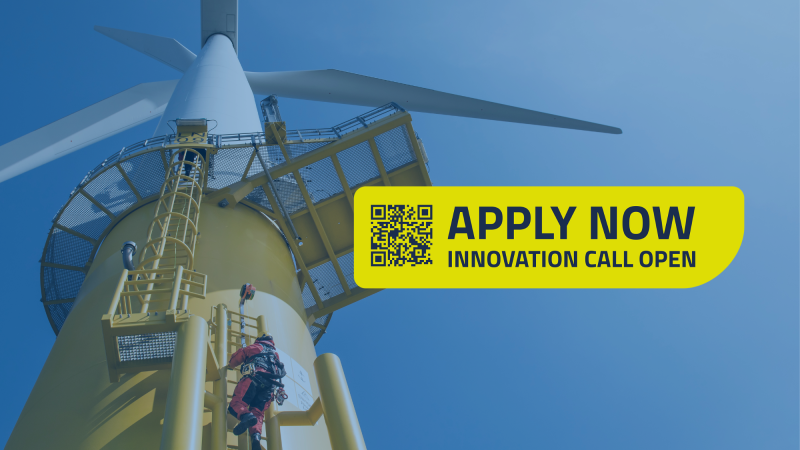The West of Orkney Windfarm needs to fully understand the site to design for site-specific conditions it will be subjected to and avoid the risk of unanticipated failures and poor performance. This includes the seabed, metocean, marine life, and how this may change over the life of the wind farm (for example sea-level rise or more regular and powerful storm events).
- Programme OverviewAn innovation competition to enhance supply chain capacity in Scotland
- Innovation callsClick for more details on calls and how to apply
- Challenge AreasExplore the challenge areas being addressed by the programme
- Partners & sponsorsBecome a sponsor
- ProjectsFind out about the projects being supported through the innovation calls
- News
- FAQs
- Contact Us


